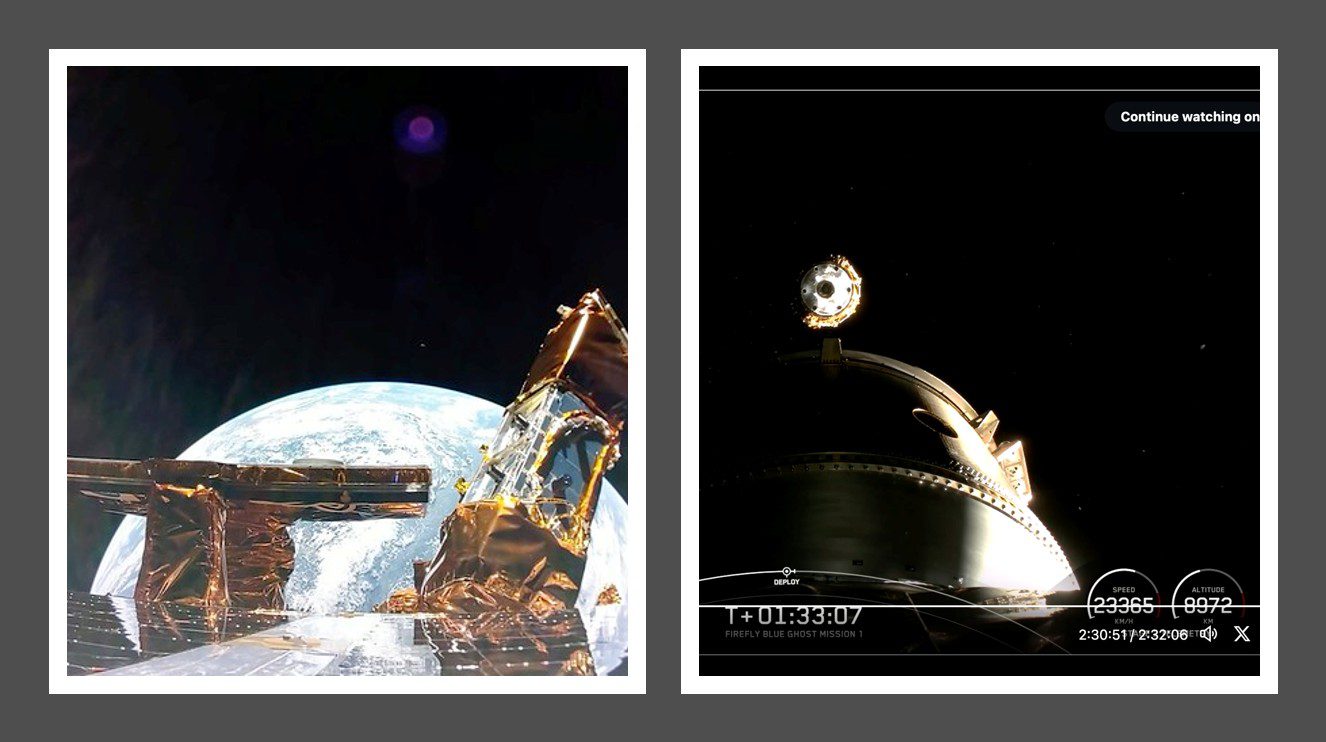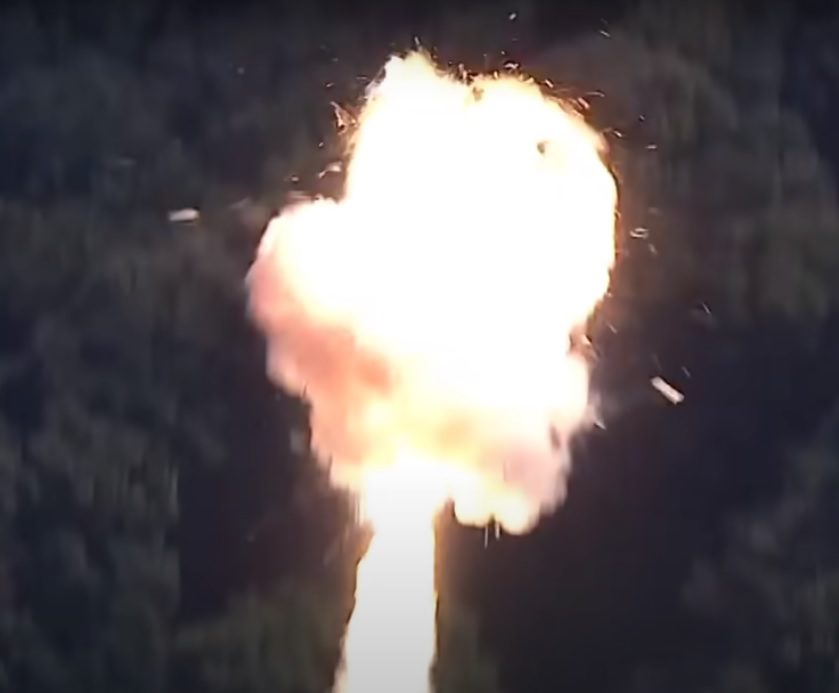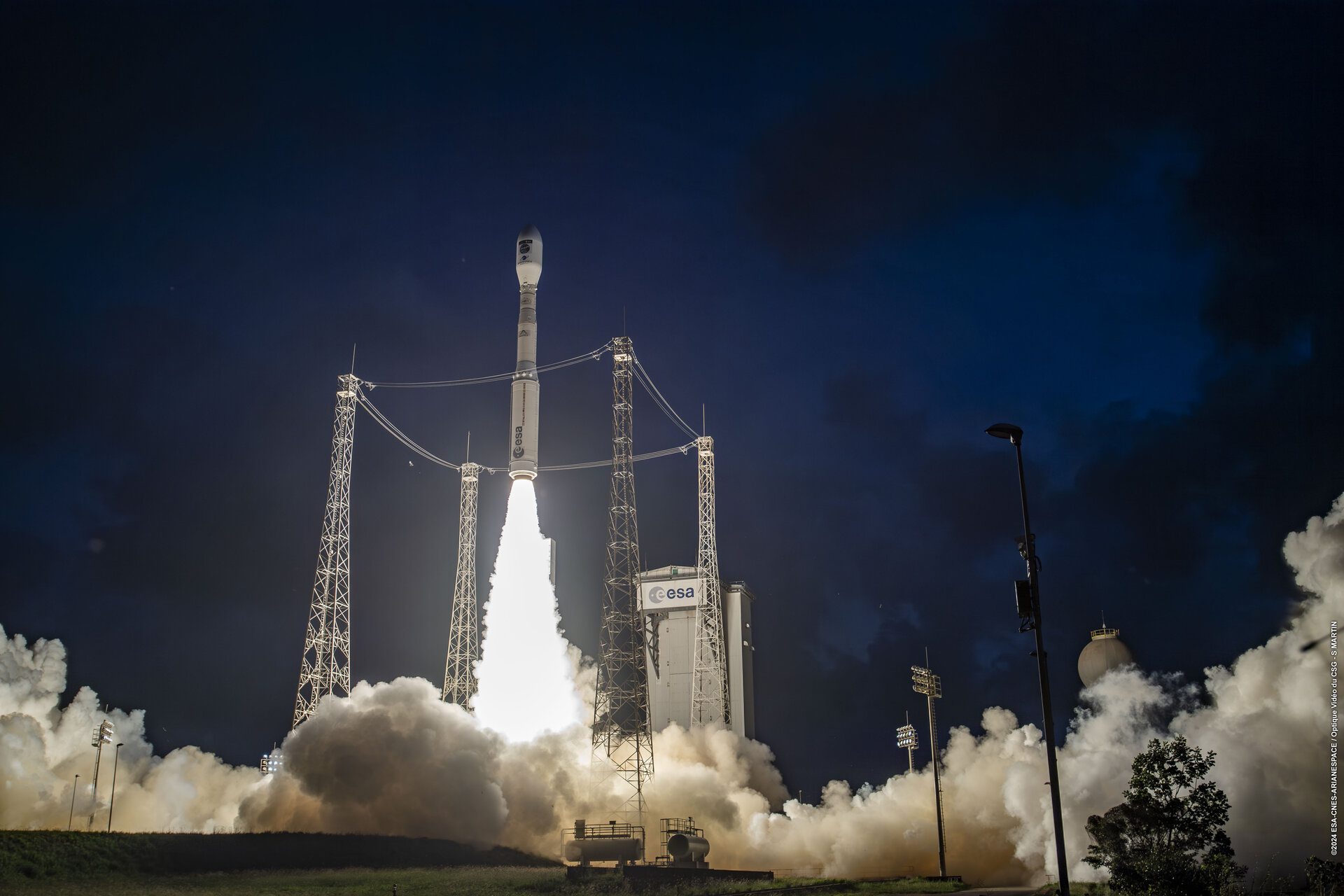While the UK Space Agency basks in the plaudits and adulation received recently both from the UK Parliamentary Science and Technology Committee and from other independent commentators, it hopes to maintain the momentum as it publishes its latest plan for future growth.
The Space Innovation and Growth Strategy 2014-2030 report notes recent achievements including a 33% increase in optional funding for European Space Agency communications and Earth observation programmes, a new national space technology strategy backed by £35 million in funding, new research centres formed at Harewll including the Satellite Applications Catapult centre and ESA’s establishement of a new European Centre for Space Applications and Telecommunications.
That was not all. A further £140 million in funding has been provided for new groundbreaking research including a new space radar satellite system called NovaSAR made by Surrey Satellite Technology Limited and ground-breaking research into air-breathing rocket engines at Reaction Engines Limited (note the writer of this article has a small financial interest in Reaction Engines Limited). The agency has been involved in promoting the jointly developed TechDemoSat which is to demonstrate new British technologies in orbit after its launch in 2014.
In addition a new technology strategy board, a National Space Academy and educational outreach programmes to promote STEM (Science Technology Engineering, Maths) subjects have been set up along with new avenues of industry financing. Partly to encourage interest in space, the UK has finally decided to join the ESA manned space programme with British ESA astronaut Tim Peake being likely to fly in 2015.
With respect to future strategies as it endeavours to reach the target set in 2010: to grow the UK’s share of the world’s space economy from 6.5% to 10% by 2030, the new report notes a market analysis approach to picking future winners that the UK space investment should be concentrated on. These identified space sectors range from low cost access to space (including space tourism and the creation of a possible spaceport launch site in Scotland or Wales), persistent surveillance systems and climate change assessment methods, and providing advanced satellite-based mobile telecommunications connectivity.
Other recommendations made in the report include easing regulation and removing barriers to entry into the market for new space companies with special refernce to SMEs. It is recommended that the unlimited third-party liability for UK launch and space operators that currently exists under the Outer Space Act should be capped.
When it comes to “real estate” of satellite orbital positions in GEO, those companies which promise the most commercial benefits to the UK are to be prioritised. Funding to ESA programmes should be increased with a new national space growth programme being instituded to promote exports.






